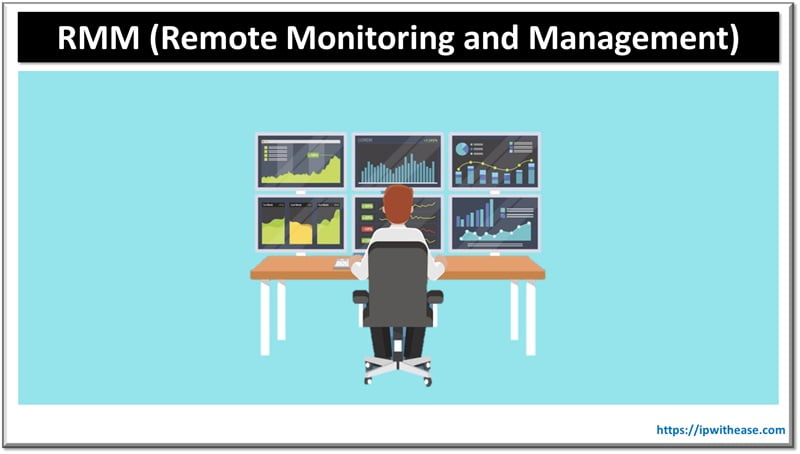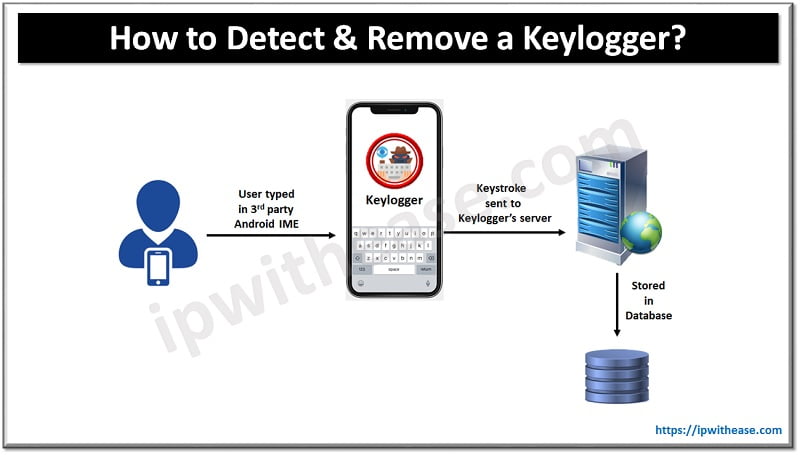Table of Contents
Remote Monitoring and Management (RMM) has become an essential tool in the field of IT support for small to medium-sized businesses (SMBs). It provides a comprehensive solution for overseeing and managing IT infrastructure from a distance. In this guest post, we will delve into the essence of RMM, discuss how it benefits SMBs, and explore why it has become an invaluable asset in today’s digital era.

Understanding RMM
First of all, what is RMM? RMM is a software-driven solution that empowers IT professionals to supervise networks, servers, workstations, and various devices from remote locations. This centralized approach eliminates the need for on-site visits and enables businesses to offer proactive support remotely.
The implementation of RMM involves installing agent software on client devices. These agents gather data about device performance and transmit it to the central management platform for analysis. This data encompasses hardware status, network connectivity, software updates, security patches, antivirus/malware reports, and other critical insights.
Proactive IT Support
One of the key advantages of RMM is its capacity to proactively monitor systems and detect issues before they escalate into significant challenges. With the ability to monitor in real-time, IT experts can identify performance bottlenecks, system errors, and security vulnerabilities, enabling them to promptly resolve these issues. The proactive approach of RMM significantly minimizes downtime by addressing problems before they disrupt business operations. It ensures that critical business systems run smoothly, preventing disruptions and productivity losses.
Increased Efficiency
Small and medium-sized businesses (SMBs) often operate with limited resources, including a small IT team or even just one staff member handling various technology tasks. Leveraging the efficiency benefits offered by RMM frees up staff time from routine updates and mundane troubleshooting tasks. Automation features like patch management, software deployment, and automated backups are managed through RMM’s central platform without the need for manual intervention.
Improved Security
SMBs face increasing risks from data breaches and cyber threats. RMM enhances the security posture of these businesses by offering real-time monitoring for security vulnerabilities, antivirus/malware protection, and automated patch management. RMM not only notifies IT professionals of security threats but also enables them to remotely address and mitigate such risks before any harm is done.
With this level of supervision and control, small to medium-sized businesses (SMBs) can better protect sensitive customer data, safeguard intellectual property, and ensure compliance with regulatory standards.
Cost Savings
Remote Monitoring and Management plays a significant role in cost savings by reducing downtime and optimizing IT operations for SMBs. Proactively addressing issues helps businesses avoid emergencies or lengthy repair processes that could strain their finances. Additionally, the decreased necessity for on-site visits leads to lower costs associated with travel time and technician dispatching. Overall, RMM offers a cost-effective approach to managing an organization’s IT infrastructure while potentially increasing the return on investment for SMBs.
Enhanced Scalability
Scalability is another significant benefit of RMM for SMBs as their businesses expand along with their IT infrastructure and support requirements. With RMM, SMBs can easily scale up monitoring and management capabilities to meet their evolving needs. Whether incorporating new devices, locations, or users, RMM seamlessly extends its functionality without requiring substantial investments in additional personnel or resources. This scalability enables SMBs to remain flexible and adapt to changing technology demands in a cost-effective manner.
Centralized Reporting and Analytics
RMM empowers SMBs by offering deep insights into their IT environment through centralized reporting and analytics. The data gathered from endpoints is fed into a management system, generating detailed reports on device status, network performance, usage patterns, and potential issues. These reports empower businesses to make informed decisions regarding upgrades, software licenses, resource allocation, and other crucial IT strategies. Access to actionable data helps small to medium-sized businesses optimize their IT infrastructure for enhanced efficiency and productivity while identifying areas for improvement.
Conclusion
In today’s business landscape, where companies heavily rely on their IT systems for operations, Remote Monitoring and Management emerges as a valuable solution for SMBs. By integrating RMM, these companies enjoy proactive support, increased efficiency through automation, enhanced security measures, and significant cost reductions. Whether you have a single dedicated IT professional or a small team managing your technology environment, RMM provides a robust management platform with benefits that fortify your business against downtime and boost overall productivity levels.
ABOUT THE AUTHOR
IPwithease is aimed at sharing knowledge across varied domains like Network, Security, Virtualization, Software, Wireless, etc.



